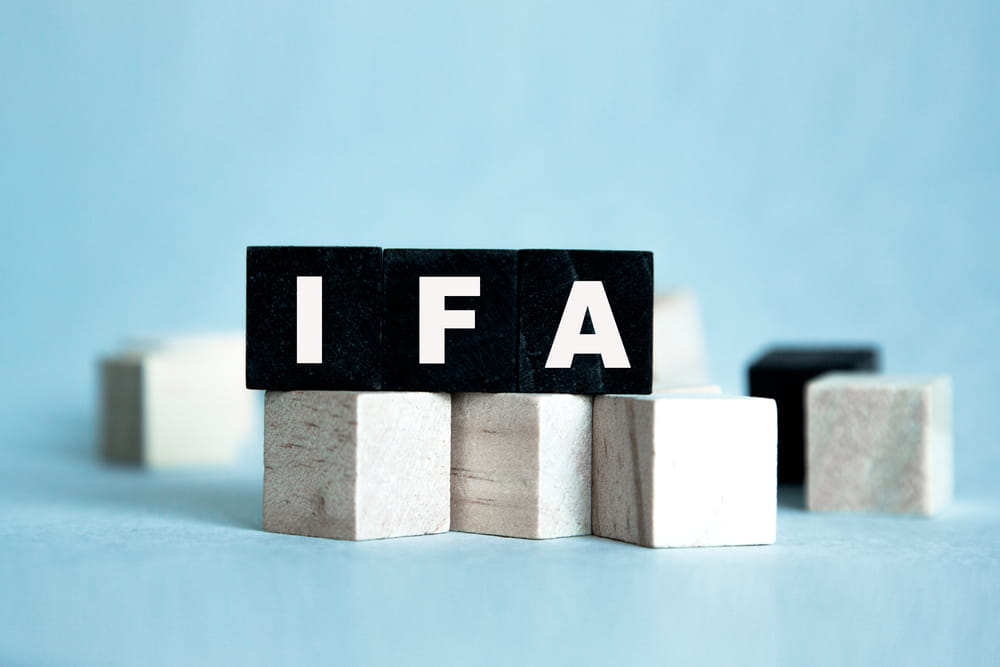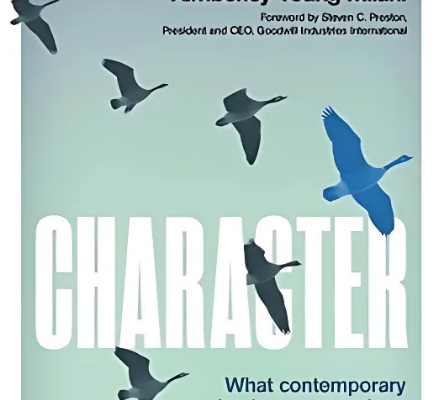“Cash is the oxygen of a business.”
In working with many business owners, we at Tall Oak Private Wealth, understand the importance for them to maintain cash on hand. A new piece of equipment, an investment in land or real estate, bringing on new employees, the loss of a key customer, etc., all require cash. Regardless of the business or which stage of the business cycle they are currently in, most businesses are focused on survival and growth.
However, there comes a point when an owner wants to plan for the next generation. They want to make sure the business transitions smoothly and the people they care about — employees and customers — continue to be taken care of. For the fortunate and well planned, the transition from their business into retirement occurs exactly as planned. For many others, the reality is quite different.
Unfortunately, a business owner may pass away before this transition can materialize. Without the ability to execute a tax efficient plan, the estate can be hit with significant tax obligations. While many owners will consider the purchase of a life insurance policy to alleviate tax at death, they often hesitate to execute the plan. Depending on the point in time and the assumed business value, there could be substantial value and gains projected for their business. Taking out an appropriate life insurance policy would require cash flow from the business today; cash that would otherwise be used to maintain or grow the business.
The above situation tends to be even more important in family businesses where children will be taking over ownership of the business. In these cases, often the current owners will remain shareholders until they pass away. While certain planning, like estate freezes, can ensure that taxes at death will be anticipated, and frozen at today’s value, estate taxes can remain large.
Business owners want to keep cash in their business. So, is there a way to plan for future estate taxes without impacting business cash flow today?
The answer is YES.
Using an Immediate Finance Arrangement (IFA), if structured properly, you can significantly increase the value of your estate with little or no net cash outlay today.
How it works:
A typical insurance transaction involves the insured applying for life insurance, getting approved and paying the premiums. On death, the insurance benefit is paid directly to the beneficiary and no future premiums are required.
With an IFA, the premium for that policy also comes out of cash flow. However, it is then immediately borrowed back using the life insurance policy as collateral. Instead of that cash flow being gone, it can now be invested in the business, land, real estate, or other investments.
In our example we will consider a shareholder of a corporation who purchases a life insurance policy with an annual deposit of $250,000 per year for an immediate death benefit of $5,000,000. The owner could fund the premium from cash flow, but would prefer to keep the $250,000 in the business.
1. The shareholder of a corporation applies for a permanent cash-value life insurance policy.
2. The shareholder simultaneously applies to a lender for a loan (or line of credit) in an amount equivalent to the annual deposit. In our example, $250,000 per year.
3. The insurance is approved, and the shareholder pays the $250,000 premium out of corporate cash flow.
4. Lender provides a loan back to the shareholder, anywhere from 90-100% of the cash value of the policy. The borrowed funds can be used however the owner wants. (The loan uses the cash value of the insurance policy as collateral; additional collateral may be required based on the policy and associated cash value.)
5. Interest is charged on the outstanding loan, which can be paid or capitalized each year.
6. Steps 1-5 are repeated each year that premiums are paid.
7. On the life insured’s death, the death benefit proceeds are used to pay off the loan first and the remaining amount is paid tax-free to the beneficiary to satisfy the original intended estate

With little or no disruption to cash flow today, you can address future taxes due at death!
The advantages to this strategy
- The shareholder can obtain the needed insurance coverage, plan for their estate, and not tie up valuable cash flow that could be used to grow the business.
- When structured properly, the following expenses become tax deductible:
- The interest paid or payable on the loan
- Premium or ‘net cost of pure insurance’ of the life insurance policy
- At death, the insurance policy pays off the outstanding loan as well as fund the estate requirements.
- If the insurance is corporately owned, the corporation receives preferential tax treatment whereby the death benefit can largely be paid out as tax-free capital dividends to the shareholder(s).
Potential risks of this strategy
- Changes in interest rates can affect the policy performance and interest expense of the policy. If interest rates increase, the cost of the loan would also increase. At the same, time, while it would be expected that the cash-value growth of the whole life insurance policy should increase (benefitting from higher rates) there may be a lag. The performance of the life insurance policy may fluctuate higher or lower and impact the policy projections. A sensitivity analysis should be done to ensure the policy will meet the intended goals even with a drop in the dividend rate.
- To benefit from the interest cost deductions on the policy, the shareholder needs to generate a certain amount of taxable income each year. It is important to integrate this plan in discussions with the owner’s accountant to ensure the tax-benefits apply to the individual situation.
- If the life insurance policy is surrendered, there may be a taxable income inclusion and the loan would need to be repaid.
A focus on reducing taxes:
Most people want to pay as little tax as possible; a couple of ways to do this is through tax deferral or tax elimination. This strategy touches on both:
- Tax Deferral – Investment gains within a life insurance policy are tax deferred until surrendered or withdrawn from the policy.
- Tax Elimination – Investment gains within a life insurance policy are eliminated upon death of the life insured(s) when paid out the majority of the death benefit is paid tax-free to the beneficiary(ies).
The most important thing when looking at any strategy or solution, is whether it is appropriate for you given your circumstances. And whether it helps you accomplish the outcome and goals you are trying to achieve. This approach can work well for business owners who want to reduce their estate taxes while maintaining access to their business cash today!
At Tall Oak Private Wealth, we will work closely with you and our team of professionals to find the right solution. To learn more about how we can help, please click here.
This material is provided for general information and is subject to change without notice. Although every effort has been made to compile this material from reliable sources; no warranty can be made as to its accuracy or completeness, and we assume no responsibility for any reliance upon it. Before acting on any of the above, please contact Tall Oak Private Wealth of Raymond James Ltd., for individual financial advice based on your personal circumstances. Securities offered through Raymond James Ltd.,
The views expressed in this commentary are those of Tall Oak Capital Advisors as at the date of publication and are subject to change without notice. This commentary is presented only as a general source of information and is not intended as a solicitation to buy or sell specific investments, nor is it intended to provide tax or legal advice. Statistics, factual data and other information are from sources Tall Oak believes to be reliable but their accuracy cannot be guaranteed. This commentary is intended for distribution only in those jurisdictions where Tall Oak Capital Advisors are registered. Securities-related products and services are offered through Raymond James Correspondent Services Ltd., member Canadian Investor Protection Fund. Insurance products and services are offered through Gryphin Advantage Inc., which is not a member-Canadian Investor Protection Fund. This commentary may provide links to other Internet sites for the convenience of users. Tall Oak Capital Advisors is not responsible for the availability or content of these external sites, nor does Tall Oak Capital Advisors endorse, warrant or guarantee the products, services or information described or offered at these other Internet sites. Users cannot assume that the external sites will abide by the same Privacy Policy which Tall Oak Capital Advisors adheres to.




